To provide the best experiences, we use technologies like cookies to store and/or access device information. Consenting to these technologies will allow us to process data such as browsing behaviour or unique IDs on this site. Not consenting or withdrawing consent, may adversely affect certain features and functions.
The technical storage or access is strictly necessary for the legitimate purpose of enabling the use of a specific service explicitly requested by the subscriber or user, or for the sole purpose of carrying out the transmission of a communication over an electronic communications network.
The technical storage or access is necessary for the legitimate purpose of storing preferences that are not requested by the subscriber or user.
The technical storage or access that is used exclusively for statistical purposes.
The technical storage or access that is used exclusively for anonymous statistical purposes. Without a subpoena, voluntary compliance on the part of your Internet Service Provider, or additional records from a third party, information stored or retrieved for this purpose alone cannot usually be used to identify you.
The technical storage or access is required to create user profiles to send advertising, or to track the user on a website or across several websites for similar marketing purposes.





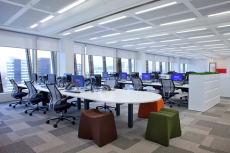
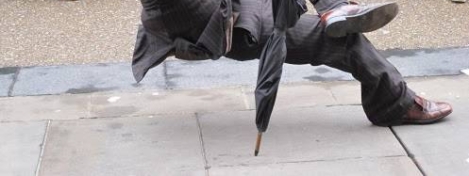



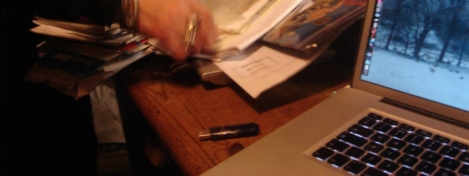



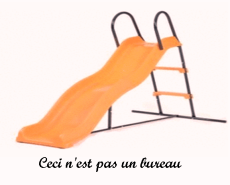
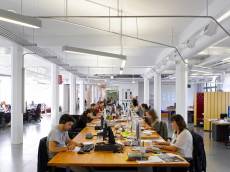









May 28, 2013
Are these the world’s most spectacular corporate buildings?
by Mark Eltringham • Architecture, Comment
BMW Welt
Building data provider Emporis has issued a list of 16 of what it calls the World’s Most Spectacular Corporate Buildings. The list is intended to show how firms use architecture to convey their identity and to impress anybody viewing their supposedly imposing corporate edifices. The Germany based firm claims the list was compiled by a jury of buildings experts from around the world who considered a range of factors and included buildings from all kinds of industries. Even so, the list is far from subtle with not even an attempt at lip service paid to the esoteric or surprising. It is dominated instead by glamorous blue chip businesses and buildings that are tall, designed by renowned architects or literal reflections of each company’s business. (more…)